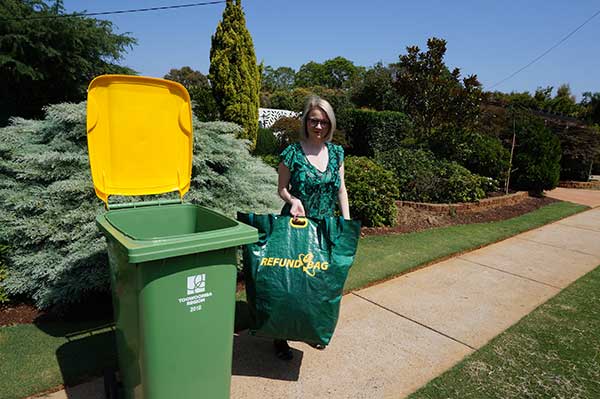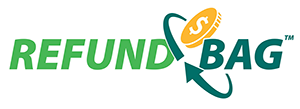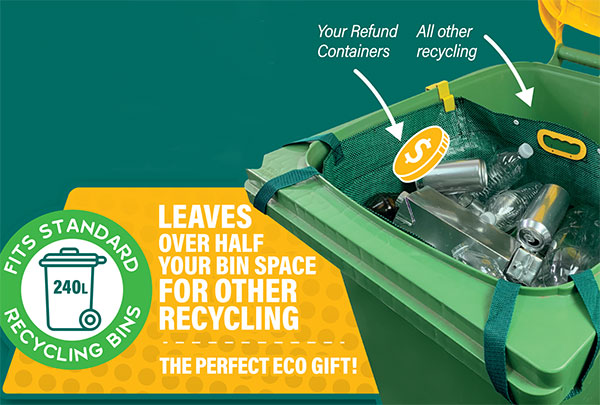Refund Locations
Container Deposit Schemes
Click on your State to find your closest Refund Station
How is your State doing?
Queensland
In Queensland, they just announced: Over 2 Billion containers returned to date, but there’s more to do.
Each year, approximately three billion beverage containers are generated in Queensland and are the second most littered item.
New South Wales
In NSW a new state record was set on January 2nd 2019, when an incredible 6.8 million drink containers returned across the state in 1 day. ($680,000 cash back)
Between 21 December 2018 and 7 January 2019, there were six days with more than six million drink containers returned a day, and the daily average is now 5.8 million drink containers a day being processed across the state.
As a result of Return and Earn, eligible drink container litter volume has dropped by 44% and now represents an all-time low of 37% of the NSW litter volume stream.
At the same time, the state’s overall litter volume has dropped by 48%
Australian Capital Teritory
In the ACT, over 26 million containers have been returned and recycled through the Scheme so far in just the first year of launch.
Peter Bruce, CEO of scheme coordinator Exchange for Change noted: “The scheme is an important environmental initiative designed to reduce the amount of recyclable material going to landfill or being littered. It encourages Canberrans to ensure their bottles and cans end up in the right place, and by doing so they raise money.”
The Scheme continues to expand, there are now a total of seventeen return points across the Territory and more are on the way.
Victoria
Victoria – Proposed from 2023
Tasmania
Tasmania – Proposed from 2022
South Australia
In South Australia the Container Deposit Scheme has been in place since 1997 and leads the nation in the recovery, recycling and litter reduction of beverage containers with a current, overall return rate of 76.7%. Beverage containers make up only 2.8% of litter because of this refund scheme.
Each year around 600 million drink containers (over 40,000 tonnes) are returned by South Australians for refund and recycling, preventing those containers from being littered or sent to landfill.
Western Australia
The Western Australia Containers for Change scheme started 1st October 2020
As of 12/11/2020
31,395,342 CONTAINERS RETURNED!
That’s already over 3 million dollars back in pockets
209 refund points active. Way to go Western Australia.
Northern Territory
In the Northern Territory, the Container Deposit Scheme was initially implemented in January 2012, but the scheme’s introduction wasn’t all smooth sailing. Despite some 35 million containers being collected in the first 12 months.
Big industry companies including, Coca Cola, Lion and Schweppes, mounted a legal challenge arguing that the NT CDS contravened the Commonwealth Mutual Recognition Act, which seeks to ensure that products and services provided in Australian states and territories are done so under consistent conditions.
In 2013, the beverage suppliers won the court battle and the scheme ceased operation, in the face of significant frustration from the NT community.
The NT Government, however, was determined to continue the fight and covered the cost of deposits to keep the scheme in action. An appeal was launched and ultimately, the Federal Executive Council agreed and the NT scheme was reinstated in August 2013, forcing the beverage companies to resume the repayment of deposits on eligible containers.
Thankfully, the NT Government held its ground and placed environmental concerns ahead of big business pressure. The NT CDS continues to grow in popularity, having reached more than 84% returns in the 2018-19 financial year – a massive increase on the previous very low recycling rate.
What containers can I return?
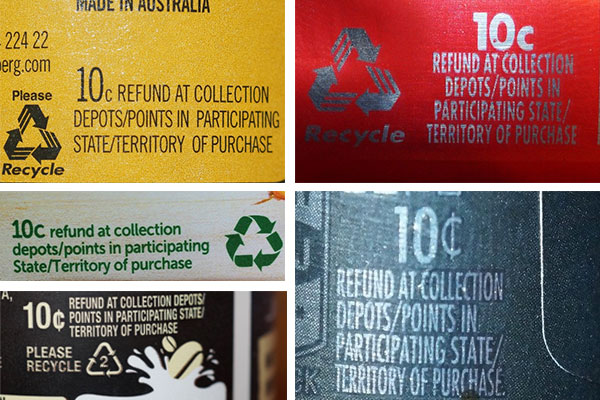
Look for the 10c Refund Mark
All eligible containers must display the 10c Scheme Refund mark.
All states and territories with container deposit schemes (New South Wales, Queensland, the Australian Capital Territory, South Australia and the Northern Territory) have agreed to use the same refund mark.
Avoid the confusion of the recycle triangle number system. This is a guide as to what is recyclable, not necessarily refundable.
Usually, items with the numbers 1 and 2 are OK for your yellow bin.
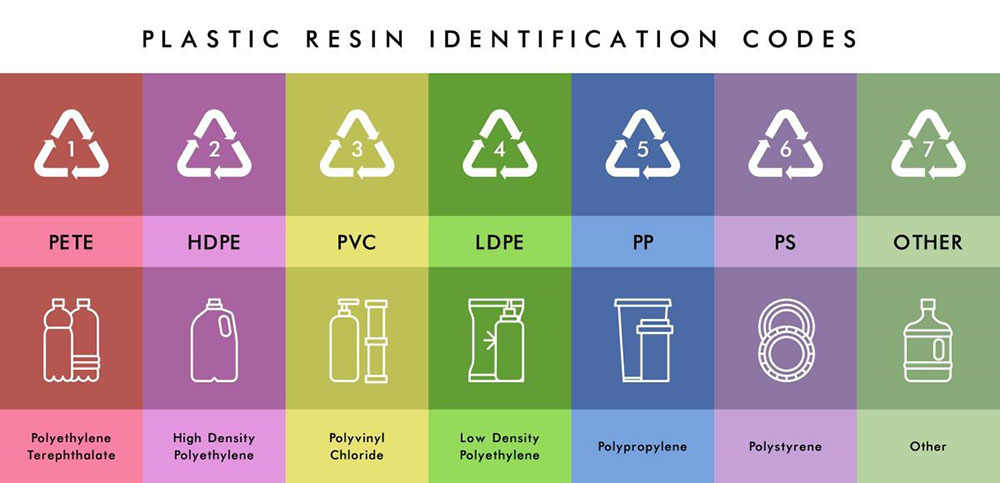
Why we need the Container Deposit Schemes?
Plastic products such as bottles and packaging have been made integral to modern daily life. They are easily manufactured, light weight and solve a variety of challenges. They are produced for a relatively low cost compared with other materials, and predominantly designed for single use.
Consumption of plastic has increased exponentially. While plastic and packaging recycling in Australia is well established, only approximately 12% is recovered for recycling.
Since the year 2000, we’ve used more plastic than in all the years before.
On average in Australia, we each use approximately 103 kg of plastic a year and generate a collective total of more than 300 million tons of plastic waste.
By 2030, this is predicted to double, with the brunt of the impacts expected to hit our oceans.
How does the Containers Deposit Scheme work?
All schemes target beverage containers most commonly seen as litter. The types of beverage containers covered in the schemes include plastic and glass bottles, paper-board cartons, and steel and aluminium cans between 150 ml and 3L. Examples of eligible beverage containers in the scheme include:
- soft drink cans and bottles;
- bottled waters – both plastic and glass;
- small flavoured milk drinks;
- beer and cider cans and bottles; and
- sports drinks and spirit-based mixed drinks.
A 10c increase in the purchase price of each container is the starting point of the cycle. Further costs of running a scheme are passed on to beverage companies.
It is up to us to return for cash and start the process.
